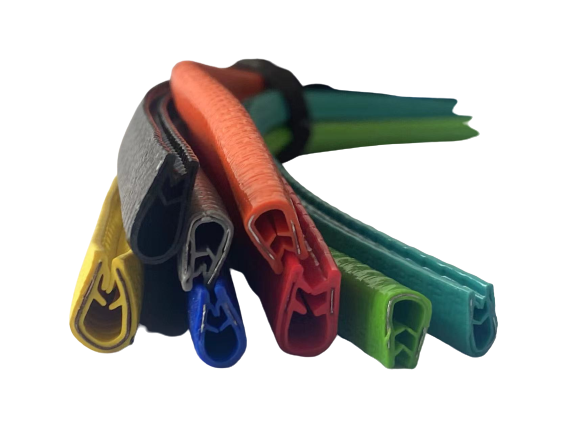10 月 . 18, 2024 11:13 Back to list
Container Door Gasket Solutions for Improved Seal and Durability
The Importance of Container Door Rubber Seals
When it comes to the shipping industry, container doors serve a vital purpose in ensuring the safety and protection of goods transported across various distances. One of the most crucial components in maintaining the integrity of these doors is the rubber seal. The container door rubber seal is an often-overlooked feature, yet it plays a pivotal role in safeguarding the cargo within.
What is a Container Door Rubber Seal?
A container door rubber seal is a flexible, weather-resistant strip that lines the edges of shipping container doors. Its main function is to create a tight, secure closure that prevents water, dust, or any contaminants from entering the cargo space. Made from durable materials like EPDM (Ethylene Propylene Diene Monomer) rubber, these seals are designed to withstand extreme weather conditions, temperature fluctuations, and physical wear and tear.
The Role of Rubber Seals in Cargo Protection
The primary purpose of the container door rubber seal is to protect the items inside from potential harm. When containers are exposed to rain, snow, or even high humidity during transit, the risk of moisture seeping in is a major concern. A compromised seal can lead to water damage, mold growth, or rust, especially for metal goods. Ensuring a proper seal helps maintain a controlled environment, preserving the quality and safety of the cargo.
In addition to preventing moisture ingress, rubber seals also provide impact resistance. Shipping containers can endure rough handling during loading and unloading, and having robust seals minimizes the risk of them being damaged or dislodged. This fortification not only protects the goods but also enhances the overall longevity of the container itself.
Types of Rubber Seals
Container door rubber seals come in various designs to suit different types of containers
. Some of the common types includecontainer door rubber seal

1. Flat Seals These are simple, flat strips that fit snugly into the grooves of the container door, providing a clean seal. 2. T-shaped Seals Designed to form a tighter fit, T-shaped seals can compress under pressure, ensuring no gaps are left exposed.
3. U-shaped Seals These are ideal for containers requiring a more robust sealing solution, as they distribute the pressure evenly.
Each type serves a specific purpose, catering to the requirements of the container and the nature of the cargo being shipped.
Maintenance and Replacement
To ensure the effectiveness of rubber seals, regular maintenance is essential. The harsh conditions containers face can lead to wear over time, so it’s important to inspect seals for signs of damage, such as cracks or deformation. Failure to maintain these seals can lead to more significant problems, including cargo damage and increased shipping costs.
If a seal is found to be damaged, it’s advisable to replace it promptly. Replacing worn-out rubber seals is a straightforward process that can significantly enhance the container's performance and safety.
Conclusion
In conclusion, container door rubber seals are more than just simple components—they are vital elements that contribute to the efficiency and reliability of the shipping process. By ensuring a tight seal, these rubber strips protect cargo from environmental forces, thus safeguarding the valuable goods transported across the globe. Investing in quality seals and performing regular maintenance is essential for anyone involved in shipping or logistics, ensuring that every journey is a safe one.




